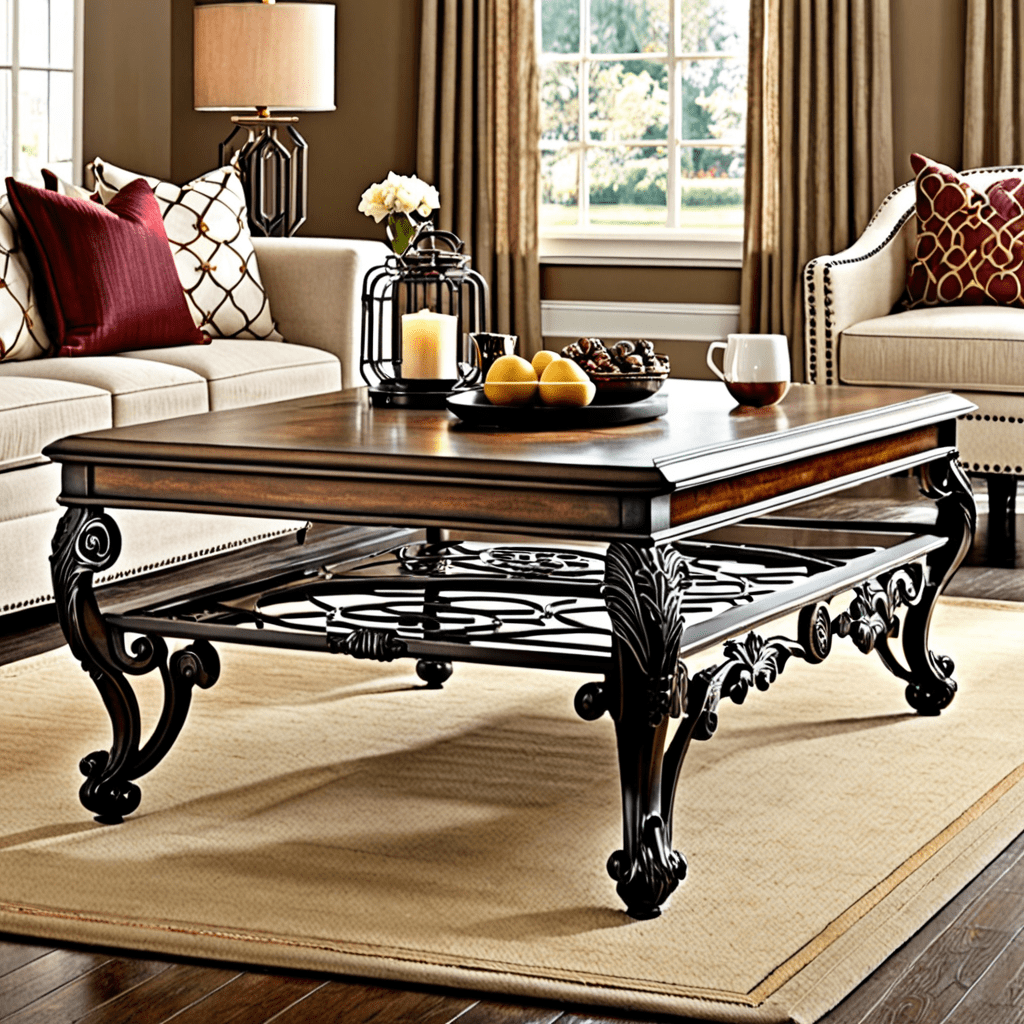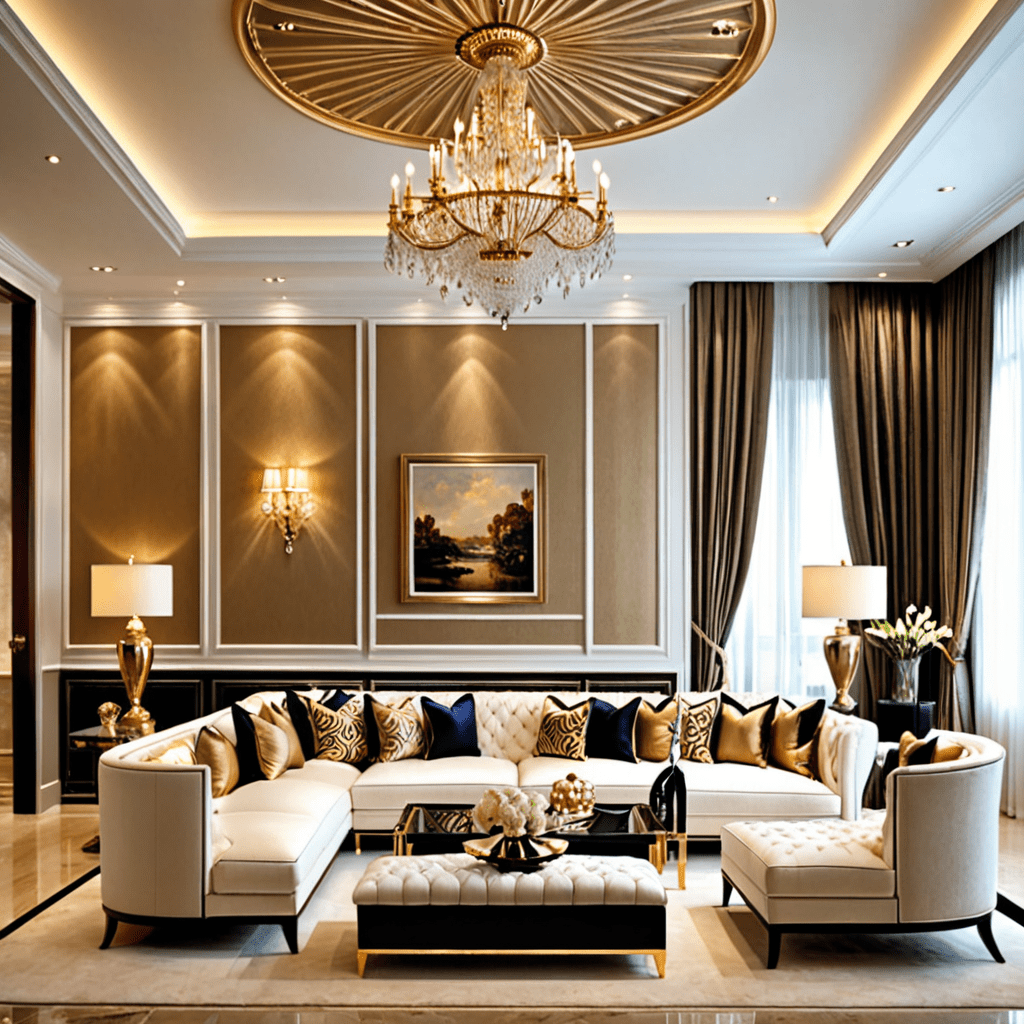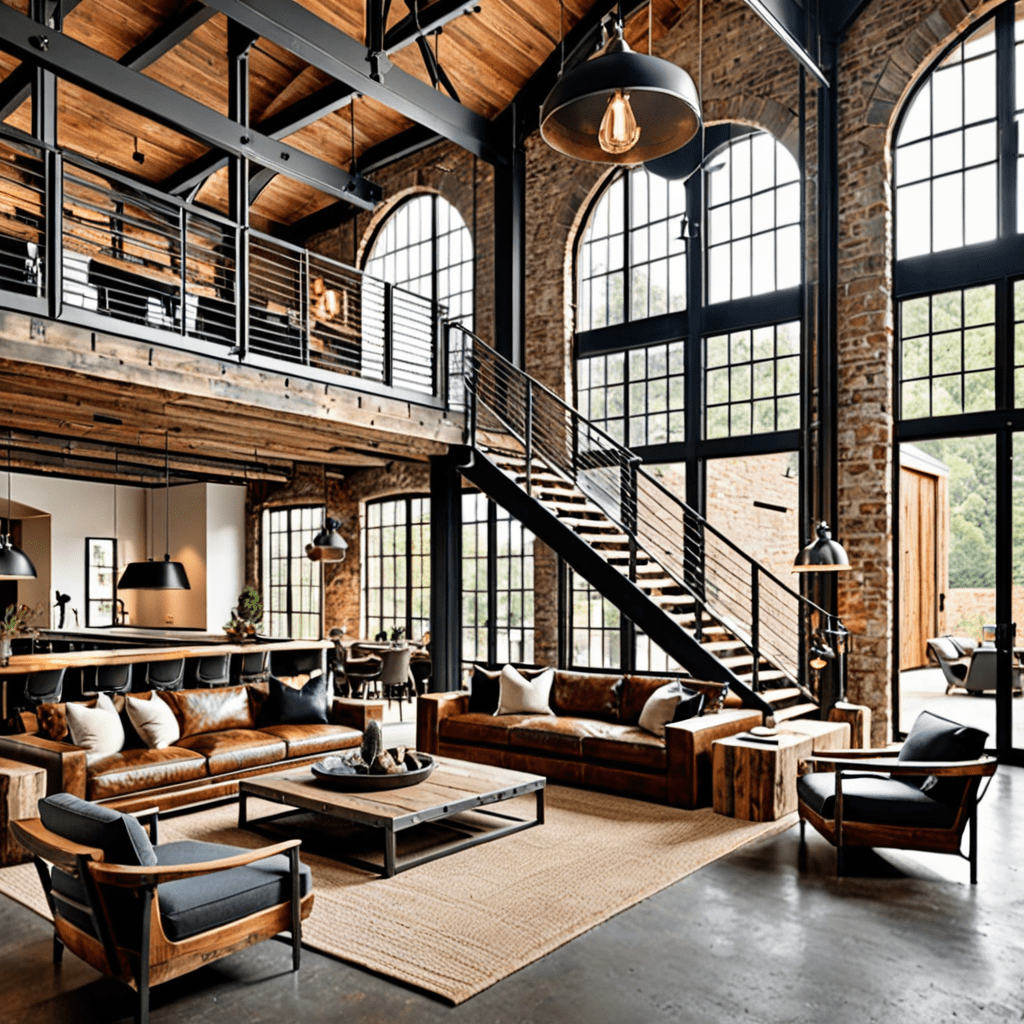1930s Interior Design: A Timeless Guide to Classic Style


Exploring the Timeless Charm of 1930s Interior Design
The 1930s were a defining era in interior design, characterized by a unique blend of traditional and modern elements. This period embraced a sense of comfort, elegance, and functionality, which is still appreciated today. In this blog post, we’ll delve into the key features and distinct characteristics of 1930s interior design, providing you with inspiration for incorporating this timeless charm into your own home.
1. Colors and Patterns: Embracing Subtle Sophistication
When it comes to colors, 1930s interior design favored a palette of soft pastels and muted shades. Think dusty pinks, pale blues, mint greens, and warm neutrals like ivory and beige. These understated hues created a calming atmosphere while allowing the furniture and architectural details to take center stage.
As for patterns, floral prints, geometric shapes, and art deco motifs were popular choices. Delicate floral wallpapers, checkered or herringbone patterned floors, and geometric rugs added visual interest to the space without overwhelming it. Incorporating these patterns through textiles or wallpapers can transport your home back to the elegance of the 1930s.
2. Furniture and Layout: Balancing Comfort and Style
One of the defining characteristics of 1930s interior design was the focus on comfort and practicality. Furniture pieces were designed with functionality in mind, without compromising on aesthetics. Upholstered chairs and sofas featured clean lines and curved edges, while maintaining a sense of plush comfort. Wooden furniture showcased Art Deco-inspired geometric patterns and smooth, polished finishes.
In terms of layout, open floor plans were not as prevalent in the 1930s. Rooms were often designed with separate functions in mind, each space designated for a specific purpose. However, furniture placement within rooms aimed to create a sense of coziness and intimacy. For example, grouping furniture pieces around a fireplace or creating conversation areas using armchairs and coffee tables.
3. Architectural Details: Capturing the Spirit of the Decade
Architectural details played a crucial role in shaping the style of 1930s interior design. Homes during this era often featured decorative moldings, arches, and columns that added a touch of elegance and grandeur. Ornate ceiling details, such as textured or patterned ceilings, were also common.
Large windows were another notable feature of 1930s homes, allowing an abundance of natural light to flood the interior spaces. Often accompanied by delicate lace curtains or sheer fabrics, these windows created an airy and ethereal ambiance.
4. Lighting: Enhancing the Mood
1930s lighting fixtures were both functional and decorative, complementing the overall aesthetic of the space. Pendant lights featuring geometric shapes and art deco designs were popular choices. Chandeliers adorned with crystals added a touch of luxury and sophistication to dining rooms and living spaces. Wall sconces and table lamps with frosted glass shades provided a soft, diffused glow, emphasizing the desire for a cozy and welcoming atmosphere.
5. Materials and Textures: Embracing Simplicity and Natural Beauty
1930s interior design embraced the use of natural materials, emphasizing simplicity and durability. Wood, particularly dark-stained oak or mahogany, was a prevalent choice for furniture and flooring, providing a warm and inviting ambiance. Chrome, polished metals, and mirrors were used to add a touch of glamour and reflect light, enhancing the overall brightness of the space.
Textures played an important role in creating visual interest and tactile appeal. The 1930s favored textured wallpapers, embossed leather, and patterned fabrics. These textures added depth and richness to the interior, elevating the overall design aesthetic.
6. Bringing 1930s Style into the Modern Era
While embracing the 1930s interior design style, it’s essential to add a modern touch to prevent the space from feeling dated. Consider incorporating vintage-inspired furniture pieces with contemporary elements or choosing modern finishes and colors that complement the overall aesthetic. By striking a balance between old and new, you can create a space that pays homage to the timeless charm of 1930s design while still feeling relevant and fresh.
FAQ: Frequently Asked Questions
Q: How can I incorporate 1930s interior design into a smaller space?
A: When working with a smaller space, it’s important to focus on selecting the right furniture and colors. Opt for furniture with clean lines and a compact size to avoid overwhelming the room. Choose lighter shades for the walls to create an illusion of space, and utilize mirrors strategically to reflect light and make the room appear larger.
Q: Can I mix 1930s interior design with other design styles?
A: Absolutely! The beauty of interior design is the ability to mix and match different styles. 1930s interior design can seamlessly blend with contemporary, minimalist, or even rustic styles. Just be mindful of finding a cohesive element to tie the styles together, such as incorporating similar colors or textures throughout the different design elements.
Q: Are there any specific accessories or decor items associated with 1930s interior design?
A: Yes! Some accessories and decor items that were popular during the 1930s include decorative vases, geometric-shaped mirrors, art deco-style clocks, and vintage floral textiles. Incorporating these elements into your space can enhance the overall 1930s aesthetic.
Q: How can I create a 1930s-inspired color palette?
A: To create a 1930s-inspired color palette, opt for soft pastels and muted shades. Dusty pinks, pale blues, mint greens, and warm neutrals like ivory and beige work well. Consider using historical paint color collections or consult with a color expert to ensure authenticity and accuracy.
Q: Can I mix modern lighting fixtures with 1930s interior design?
A: Yes, you can mix modern lighting fixtures with 1930s interior design. However, it’s important to find a balance between old and new to maintain the overall aesthetic. Consider selecting lighting fixtures that have a vintage-inspired design or incorporate materials and shapes often used in the 1930s, such as art deco or geometric elements.
Q: Are there any specific wallpaper patterns associated with 1930s interior design?
A: Yes! When it comes to wallpaper, some popular patterns during the 1930s include floral prints, geometric shapes, and art deco motifs. Consider using wallpapers with delicate floral patterns, checkered designs, or art deco-inspired geometric shapes to create an authentic 1930s look and feel.
As you embark on your interior design journey, remember that the 1930s style is all about striking a balance between elegance, comfort, and functionality. By incorporating the key elements and characteristics of 1930s design into your home, you can create a space that exudes timeless charm and sophistication.




